The Chogha Zanbil Ziggurat
The name Ziggurat often brings to mind the towering temples of the civilizations of Mesopotamia: The Ziggurats of Ur and Uruk, the legendary tower of Babylon, and the rainbow-colored Ziggurat of Khorsabad (Dur-Sharrukin), among others. The Elamites of Western Iran, having close commercial and cultural relations with the Sumerians, have their own important temple just outside the ancient city of Susa: The Chogha Zanbil (also spelled as Tchogha Zanbil) Ziggurat.
Ziggurats play an important part in the history of architecture. One can easily discern how they inspired the Ancient Egyptians to move on from their early Mastabs to the Step Pyramid of Djoser, and finally, the legendary Pyramids of Giza. In Sumerian (and subsequently, Assyrian and Babylonian) culture, Ziggurats were built to resemble mountains (keep in mind that the Mesopotamian region is a very flat land) and played a religious/bureaucratic role for their city: Essentially, they were both temples and government buildings.
What makes Chogha Zanbil special is the fact that it is one of the only Ziggurats outside of Mesopotamia, as well as the fact that it is among the most well-preserved. Due to the fact that the Sumerians lived in a region where stone was rare, they built their temples out of mud bricks, which are obviously not so durable.
The Elamites and the City of Susa
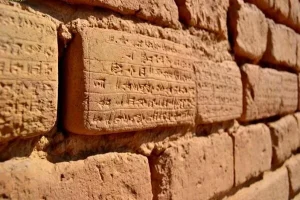
The Elamites were among the most ancient and most advanced civilizations of the world who lived in what is now the province of Khuzestan (as well as parts of the Ilam Province) in approximately 3200 BC. Their empire, with its capital city being located in Susa, is perhaps the first organized empire in Iran. They were in close relations with their neighboring civilizations in Mesopotamia and invented their own written language shortly after the Sumerians.
The History of Chogha Zanbil
Chogha Zanbil was built by the decree of a ruler by the name of Untash-Gal, also called Untash-Napirisha, and was dedicated to Inshushinak, the god of Susa. The excavations of the site took place primarily between 1946 and 1962 by the famous archaeologist, Roman Ghirshman. In 1979, Chogha Zanbil was listed as a UNESCO World Heritage Site, becoming Iran’s very first entry in the list. This Ziggurat is significant as one of the earliest monuments in Iran’s history.
The Architecture of the Ziggurat
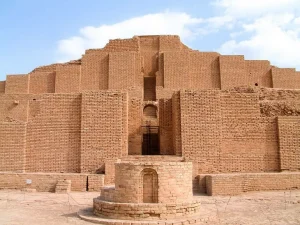
Chogha Zanbil was originally built in 5 stories, each story decreasing in size, with the highest and smallest being the primary part of the temple, glazed with blue terracotta. One of the most notable things about this Ziggurat is the fact that glass tiles and sticks were used in its decoration, possibly being the first instance of the use of glass in the history of architecture. This religious center was also surrounded by smaller temples relating to other gods in the Elamite religion.
Final Words
Iran is filled with the most amazing attractions, and just sticking to the better-known and more frequented ones would mean you’re missing a whole lot of others! We hope that this article has helped inspired you for your trip to Iran! We’d love to talk to you about Iranian culture when you come to Mahbibi Hostel, and be sure to check our Instagram, because who knows what events we may have! Also, if you’re coming to Isfahan, you can read about the best things to do in the city following this link and Isfahan hostels following this one!
Make sure you read our other blogs about the different attractions and cities of our country!

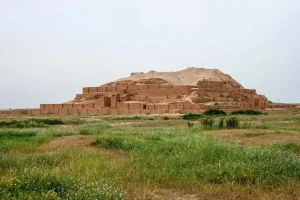
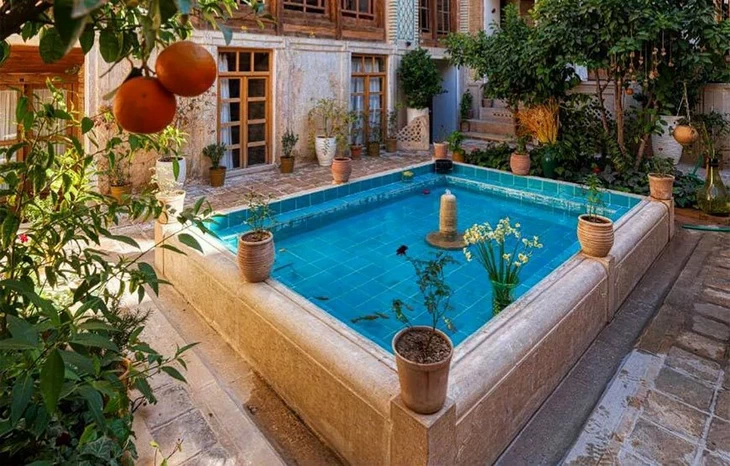
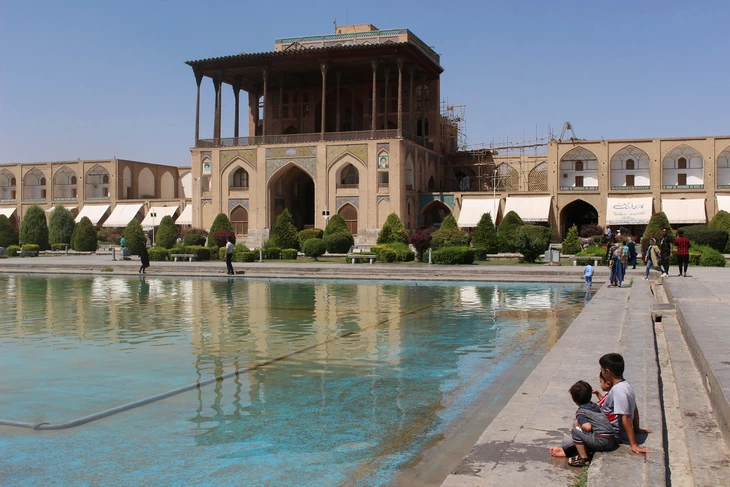
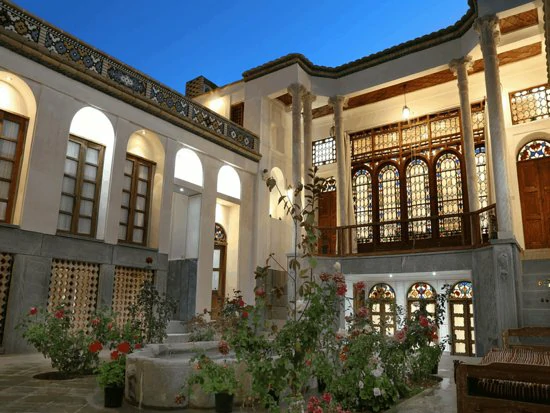
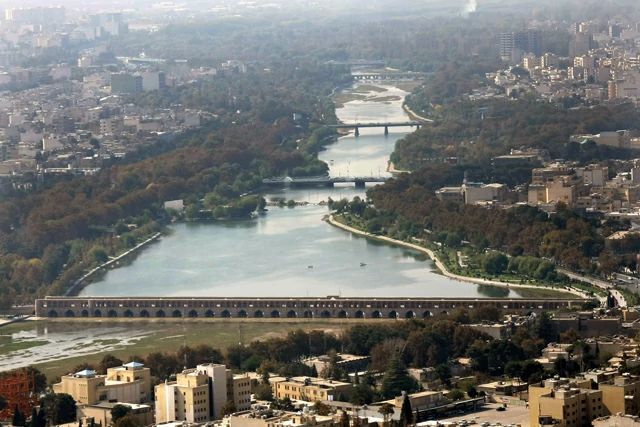

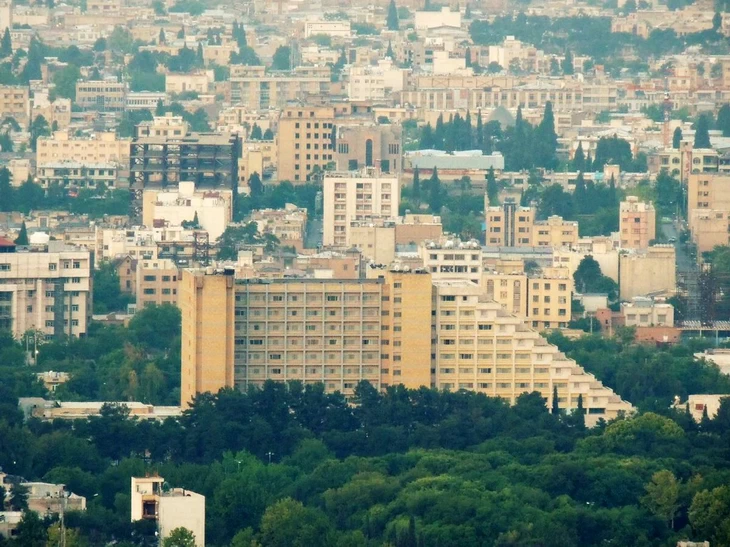
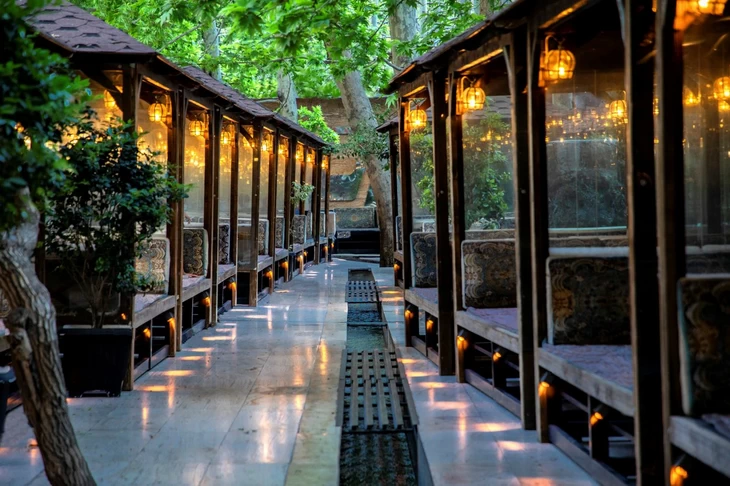
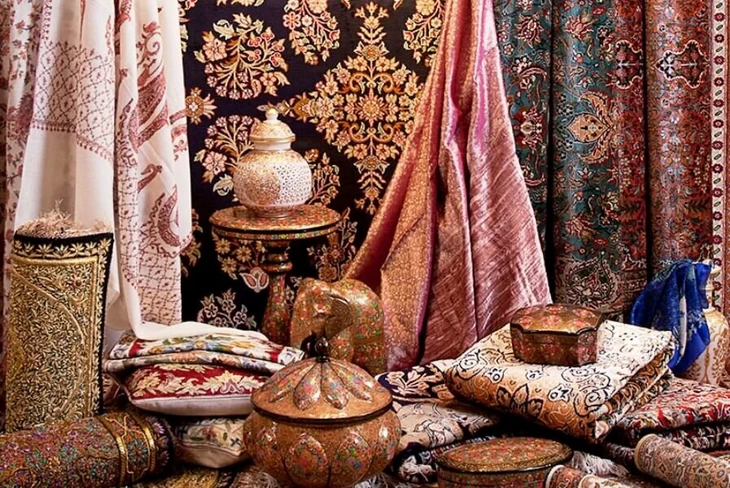

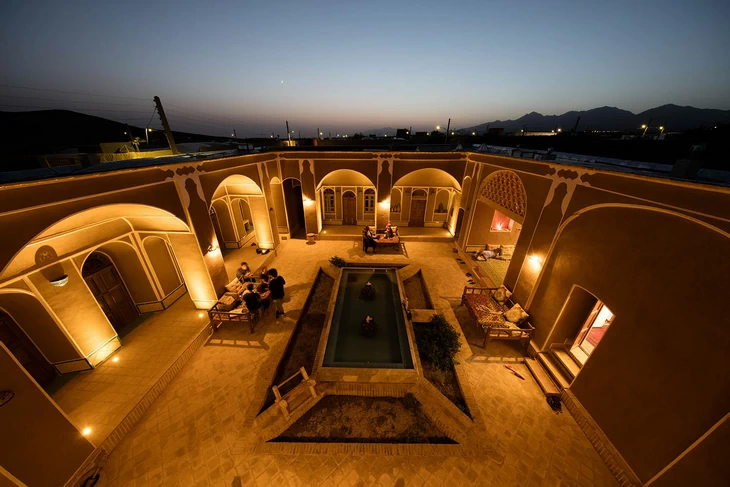
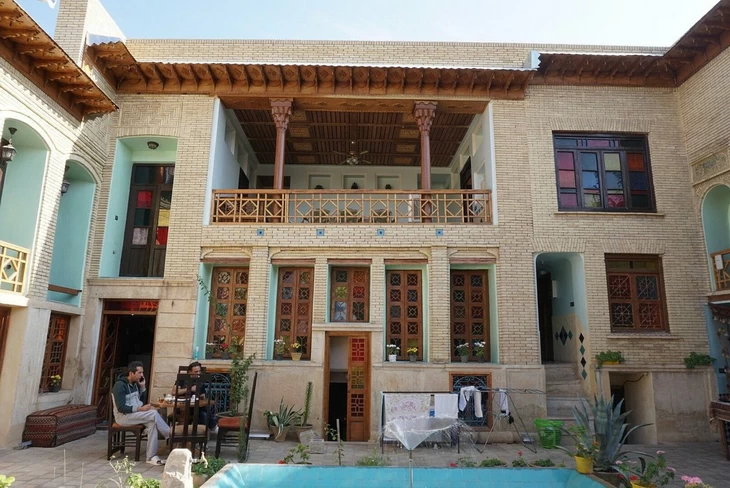
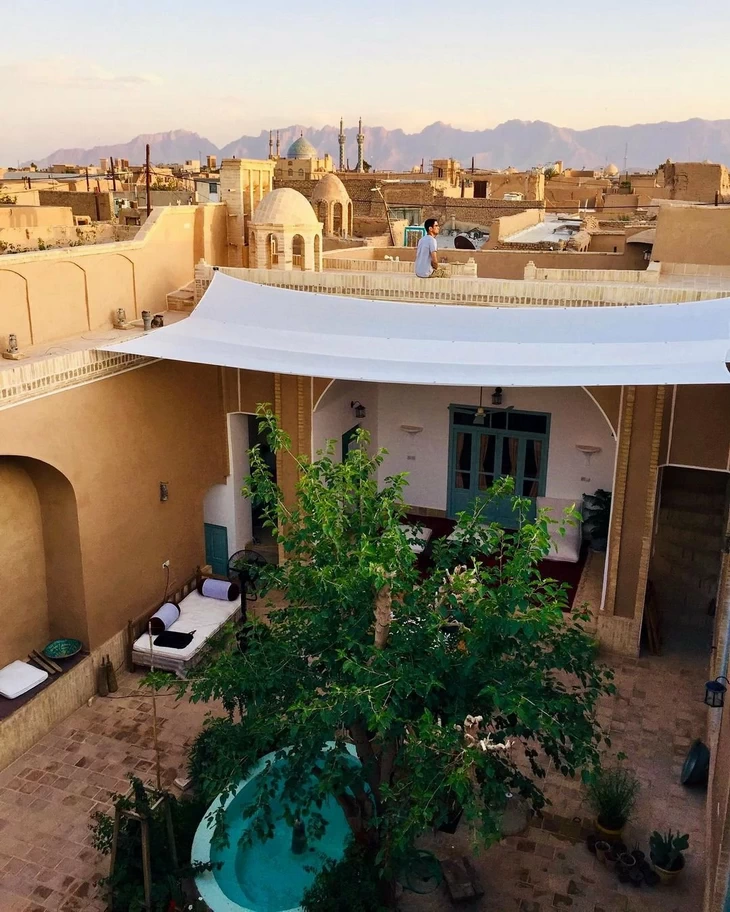
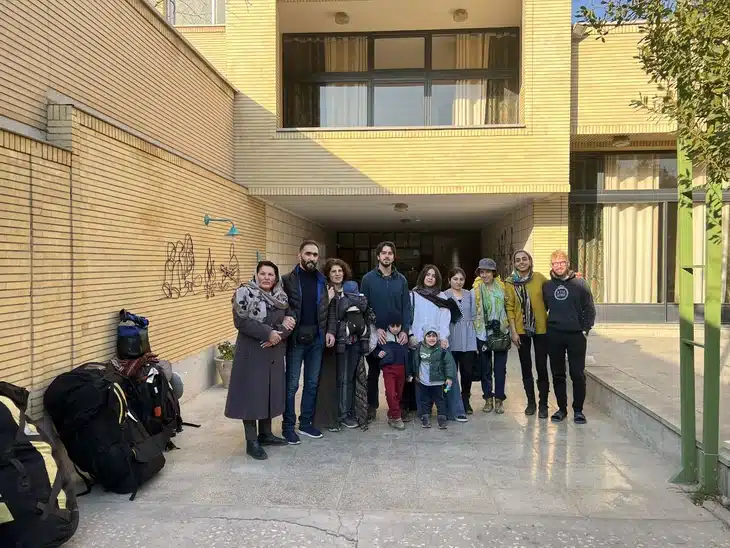
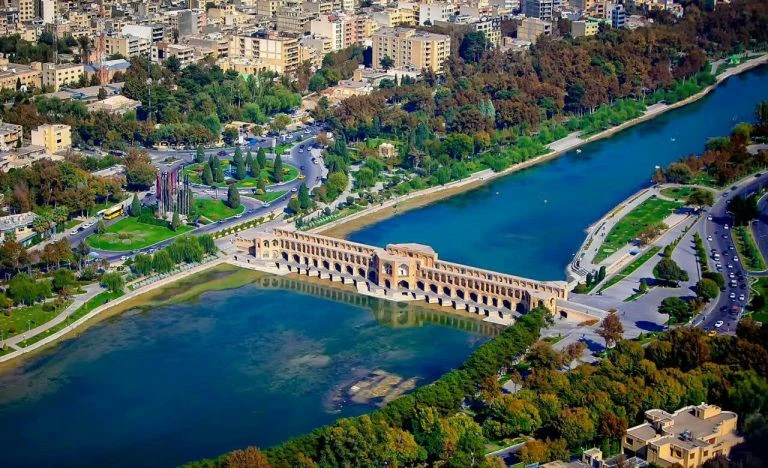




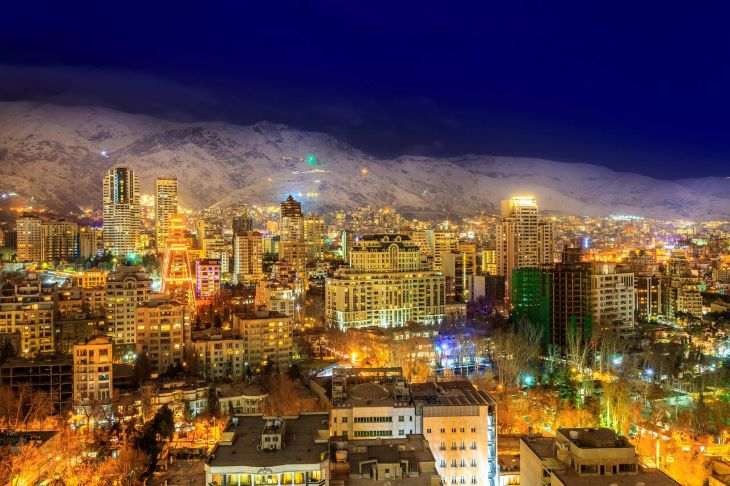
2 Comments. Leave new
Greetings do you know if there is a day tour from usjfahan to choko sambul in April ?
Hello there!
Certainly! If you’d like, you can submit a contact us entry with more specific information, and we’ll help arrange something for you!